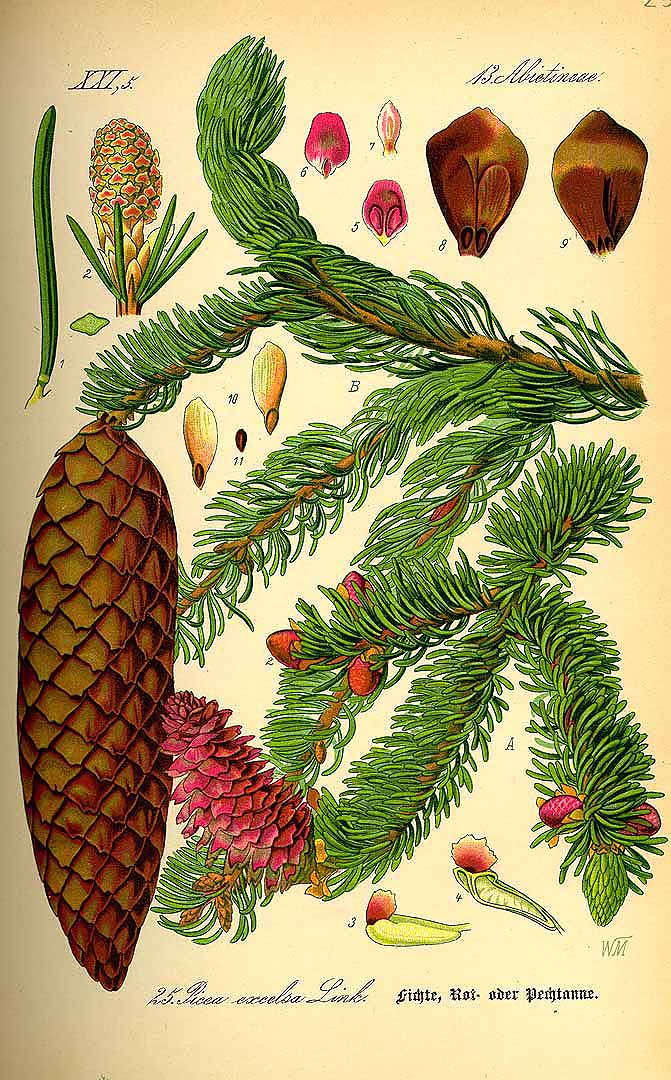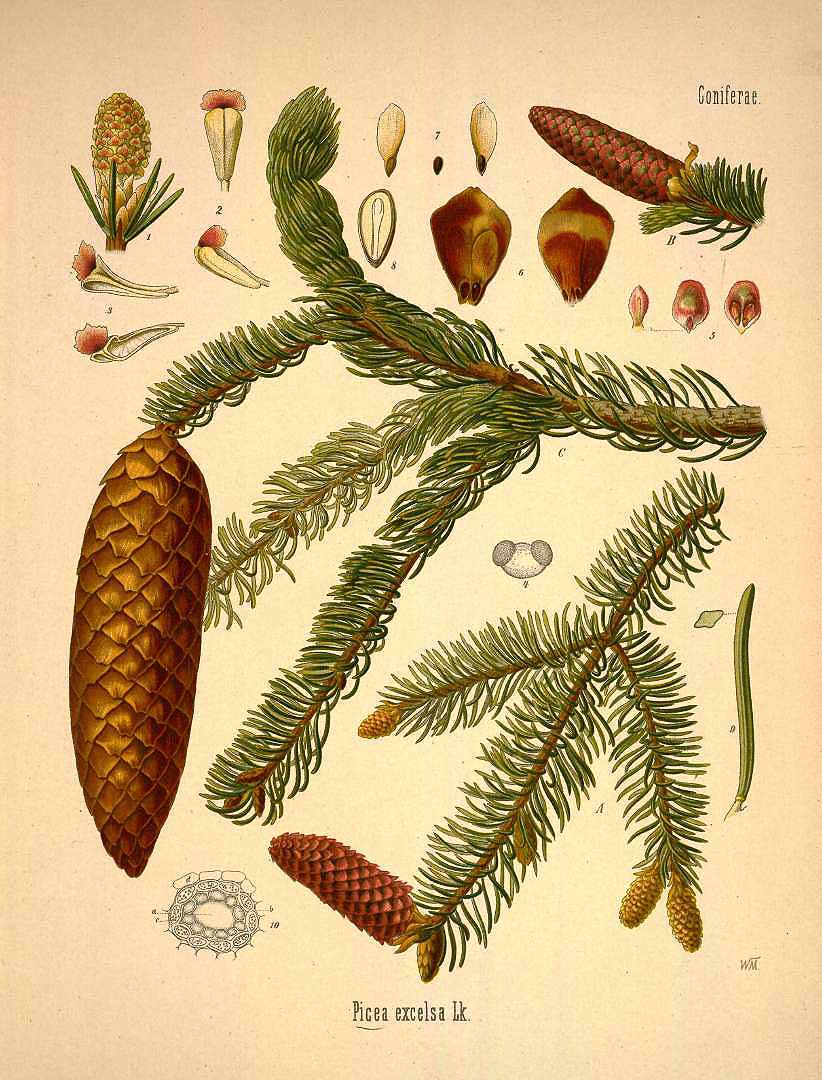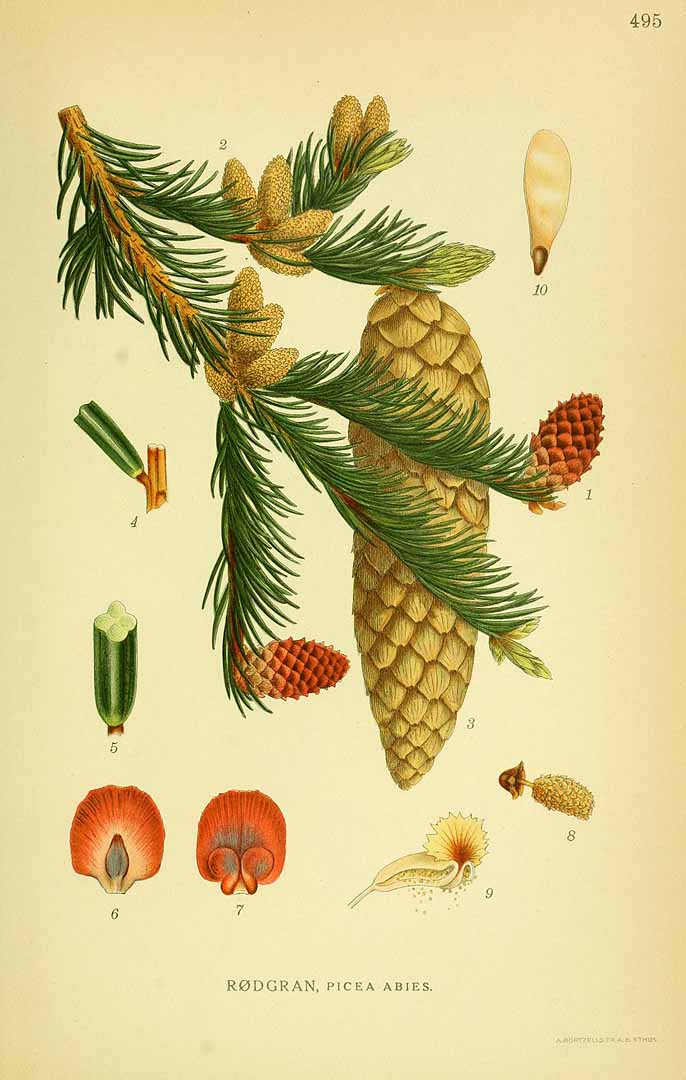! Nouveau site ici !
Vita > Plantae > Coniferophyta > Pinopsida > Pinales > Pinaceae > Picea

 suivante
suivante

 suivante
suivante

 suivante
suivante
![Illustration Picea abies, Par Botanische wandplaten f. [gall] , via plantillustrations Illustration Picea abies, Par Botanische wandplaten f. [gall] , via plantillustrations](../inc/images/illustrations/picea_abies4.jpg )
![Illustration Picea abies, Par Botanische wandplaten f. [gall] , via plantillustrations - Fermer Illustration Picea abies, Par Botanische wandplaten f. [gall] , via plantillustrations - Fermer](../../inc/images/illustrations/picea_abies4.jpg )


| Taux d'humidité | Énergie (kj) | Énergie (kcal) | Protéines (g) |
| / | / | / | / |
| Pro- vitamines A (µg) |
Vitamines C (mg) | Fer (mg) | Zinc (mg) |
| / | / | / | / |

